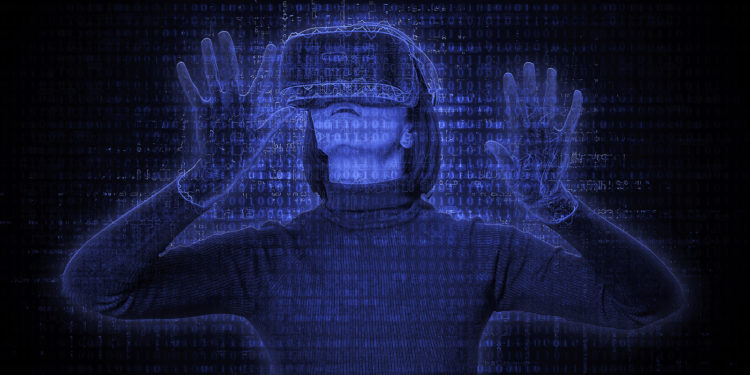Earlier this week, The Information reported on the difficulties Apple is facing in developing its AR/VR headset, and now a report has been published that provides some additional details about the wearable.
The new The Information report According to one of the main features of the headset will be lifelike avatars with accurate facial expressions captured by 14 cameras:
Other challenges have puzzled hardware and algorithm engineers, such as fitting 14 cameras into the headset. Among the cameras are those that track the user's face to ensure that the virtual avatars accurately reproduce the user's facial expressions and mouth movements - an important feature.
The report adds that Apple's former design chief Jony Ive remains involved in the headset project as an outside consultant:
A person familiar with the matter said that Ive has been a consultant to Apple since leaving the company and that he is often called upon to help his former team assert its preferences to engineers in areas such as battery, camera placement and ergonomics. Two people said that even after Ive left Apple, some people on the headset project still had to travel from Cupertino to San Francisco, where Ive lives, to get his approval for changes. Ive has continued to refine the headset's design. While earlier prototypes housed the battery in the headband, he favors a design in which the headset is connected to a battery that the user wears on the body, similar to Magic Leap's headset. It was not possible to know whether that approach will be incorporated into the final design.
Apple's AR/VR headset is said to have two chips
Contrary to what some have already reported, the first version of the Apple headset will not focus on gaming:
Four people who worked on the project also criticized the lack of focus on gaming, a category of software that appeals to early users, was important to the iPhone's success and is a big priority for Meta's VR group. These people said that Rockwell's group almost never mentioned gaming in internal presentations about potential uses for the headset. Apple is not developing game controllers for the device but aims to control the device using hand controls or in combination with a clothespin-like finger clip, according to several people familiar with the project.
As previously reported, Apple had considered pairing the headset with an external base station for certain tasks. But now the headset is expected to be a completely standalone device. The headset itself is expected to be powered by two chips with a streaming codec to reduce latency. The main chip will be the same as the M2 chip that is set to debut in the new MacBook Air and iPad models later this year, the report said. Currently, the brand new Apple product is expected to appear sometime in 2023. According to a Bloomberg report According to reports, the device was presented to Apple's board in a demo just last week, which suggests that the device is close to completion. (Photo by Ivochkina / Bigstockphoto)





